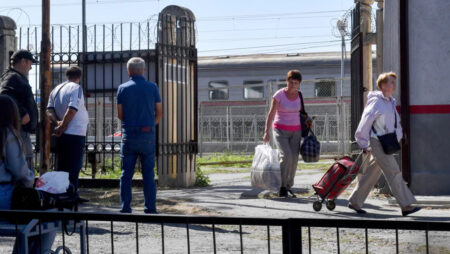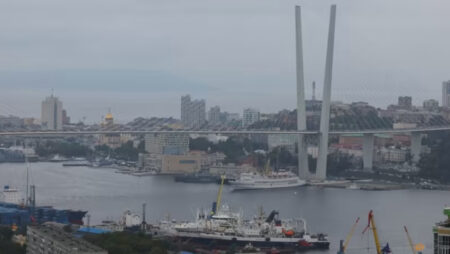The Ukrainian crisis has cracked open the Indian economy’s sore spots. India faces two choices now: whether to maintain a careless “leave-it” attitude or to recalibrate monetary and fiscal funds. A few months into 2022, the Indian economy has been shaken.
The rupee sank to an all-time low, the prices of FMCG, i.e., fast-moving consumer goods, have hiked, and milk has gotten costlier. To add to that, fuel prices have also increased, making it a challenge for citizens to face, and the prices of metals have also not been left behind, causing other household commodities to follow the lead of the price hikes.

It is estimated that even if the Central Government slashes down the fuel taxes as they did in November 2021, the average consumer price index inflation for the financial year 2024 could exceed the MPC’s (Marginal Propensity to Consume) upper tolerance limit of 6.0%.
Inflation has been upsurging for two years now, and certain economists have warned of impending stagflation, i.e., a combination of high unemployment, rising prices, and slow economic growth.
During the pandemic, the majority of households and small businesses suffered, and it was very well reflected in the static nature of overall real GDP throughout the years FY ’20 and FY ’22.
The ICRA estimates that, with an assumption of crude at $130 a barrel, the current account deficit spikes to 3.2% of GDP. There are also believed to be “large-downside risks” to an 8% GDP target.
The problems have been added to with the depreciating value of the rupee because of the stock market outflows, raging oil prices, the zing in the dollar, and the most disturbing challenge of unemployement, with the running unemployement rate for March at 7.8%.
The Indian economy has been struggling for many quarters now, and without monetary and fiscal recalibration, it is impossible to hope for a fully or even partially recovered economy.
Published by: Shivani Bhalke
Edited by: Subbuthai Padma













